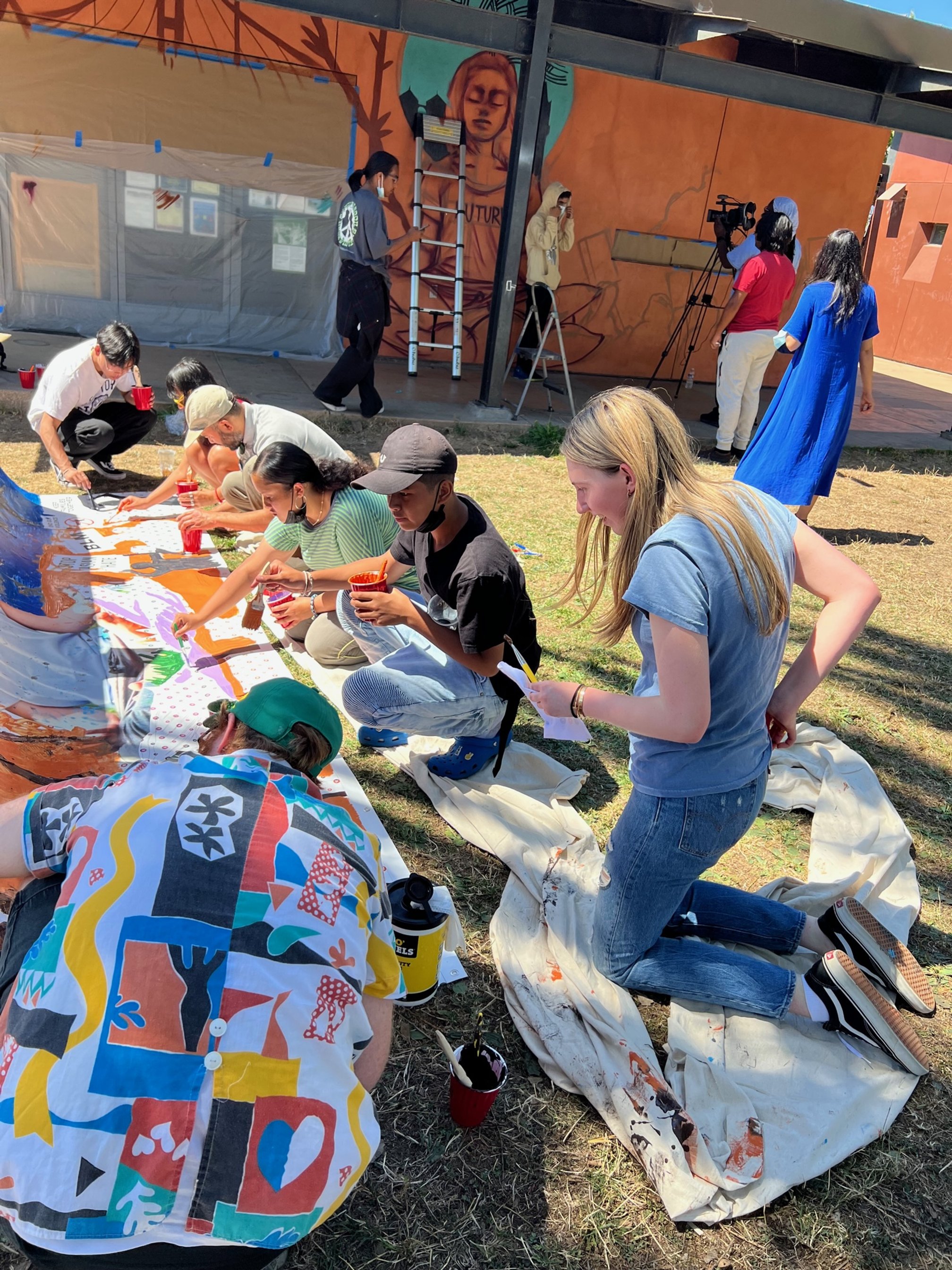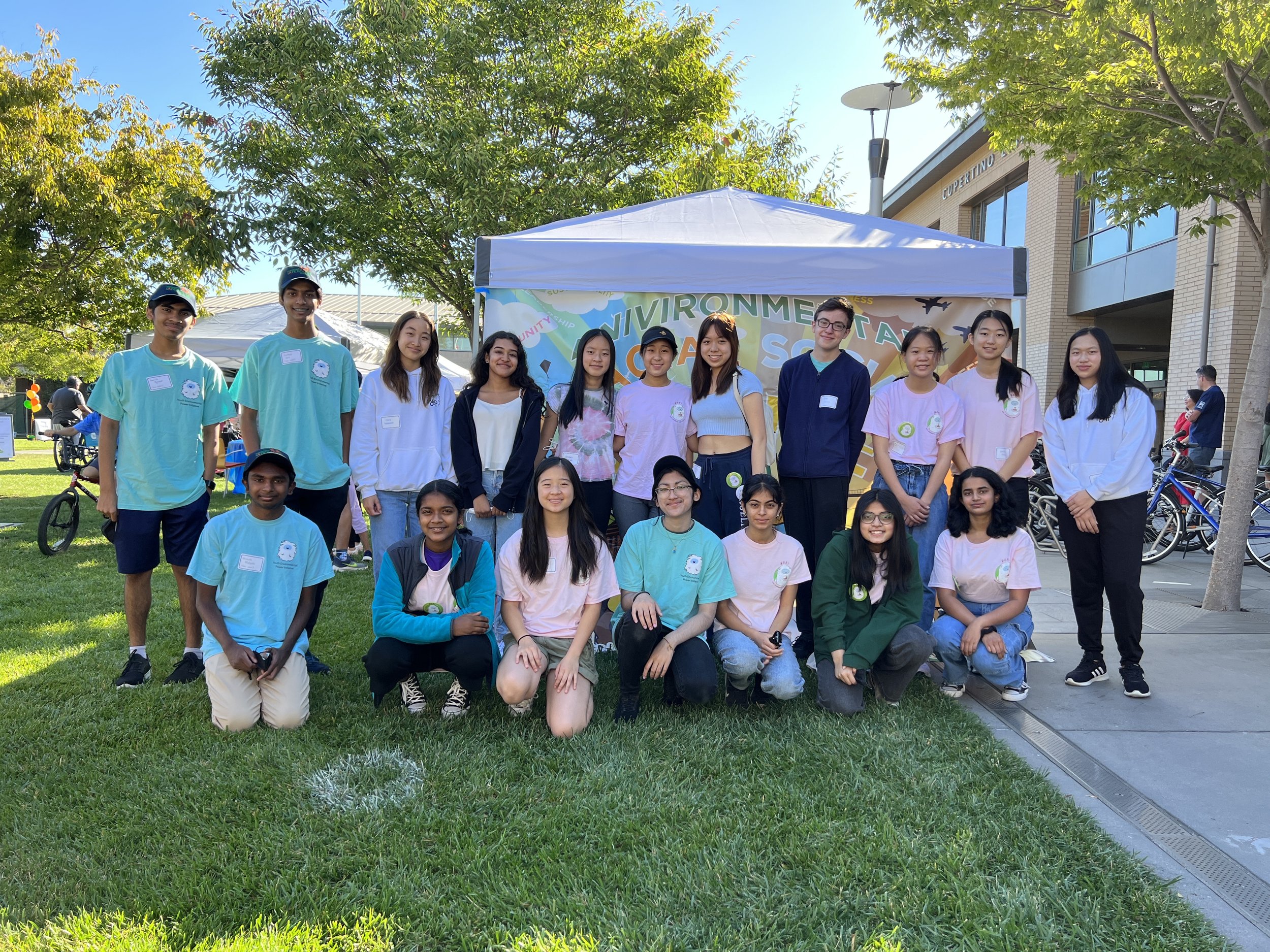AAPI Justice
Asian American Pacific Islander (AAPI) communities have been the victims of discrimination for transgressions since the early 1900s. Most notorious is the internment of tens of thousands of Japanese Americans during World War II; other Asian American citizens were also unfairly targeted during this horrible chapter in American history. Later, individuals of South Asian descent were the targets of violence in the wake of 9/11. Most recently, especially since the beginning of the COVID-19 pandemic, which originated in China, there has been an increase in racial violence directed at AAPI communities throughout the United States. According to Stop AAPI Hate, an organization that tracks the level of violence and verbal abuse, there were more than 10,900 incidents reported between March 2020 and December 2021. Sadly, this statistic is grossly under-reported.
Museums, artists, and creators throughout the United States have responded with artistic endeavors by bringing awareness to this issue, denouncing violence against AAPI communities, and spreading the message about these communities' rich diversity and heritage through celebrations of their art.
In the former camp, Christine Sun Kim’s visual art shows how words of oppression and subjugation can shape reality for AAPI communities, who continue to suffer from the same symptoms of systemic racism more commonly associated in the public conscience with other minority communities. Jonathan Chang, a Taiwan-born artist who grew up in the Los Angeles area, specializes in digital portraits of victims of anti-Asian violence that he shares via social media to bring awareness to the victims and the #StopAsianHate movement. Focusing on historical justice, the Japanese American National Museum recently featured a retrospective on the works of Miné Okubo, a Japanese American artist, that Okubo created while incarcerated during World War II in California and Utah. These artists, among many others, have worked to advance the cause of AAPI justice across decades and generations.
There is also a diversity of artists whose works celebrate the panoply of perspectives that comprise the AAPI experience. Martin Wong documented the cultural diversity of his Lower East Side neighborhood and celebrated generations of Chinese Americans through his art. Google Arts and Culture focused on the AAPI experience and developed an online program featuring many AAPI artists working both today and across the 20th Century.
The works of these artists and programs have proved invaluable in spreading awareness of AAPI culture and the rich traditions of those of AAPI heritage in the United States. Their works, along with campaigns such as #StopAAPIHate, have been important first steps in making violence against AAPI people visible and affirming that AAPI communities are equally worthy of the safety and justice promised by the best of American traditions and values.
Partnership with the Center for Empowering Refugees and Immigrants (CERI)
We had an incredible day painting a mural canvas with the kids and young adults at CERI! While an artist was painting a wall mural at Peralta Hacienda Historical Park based upon their original artwork ideas, we simultaneously painted a canvas mural of the same design. Amazing to work with CERI, the City of Oakland, and these great young people!














